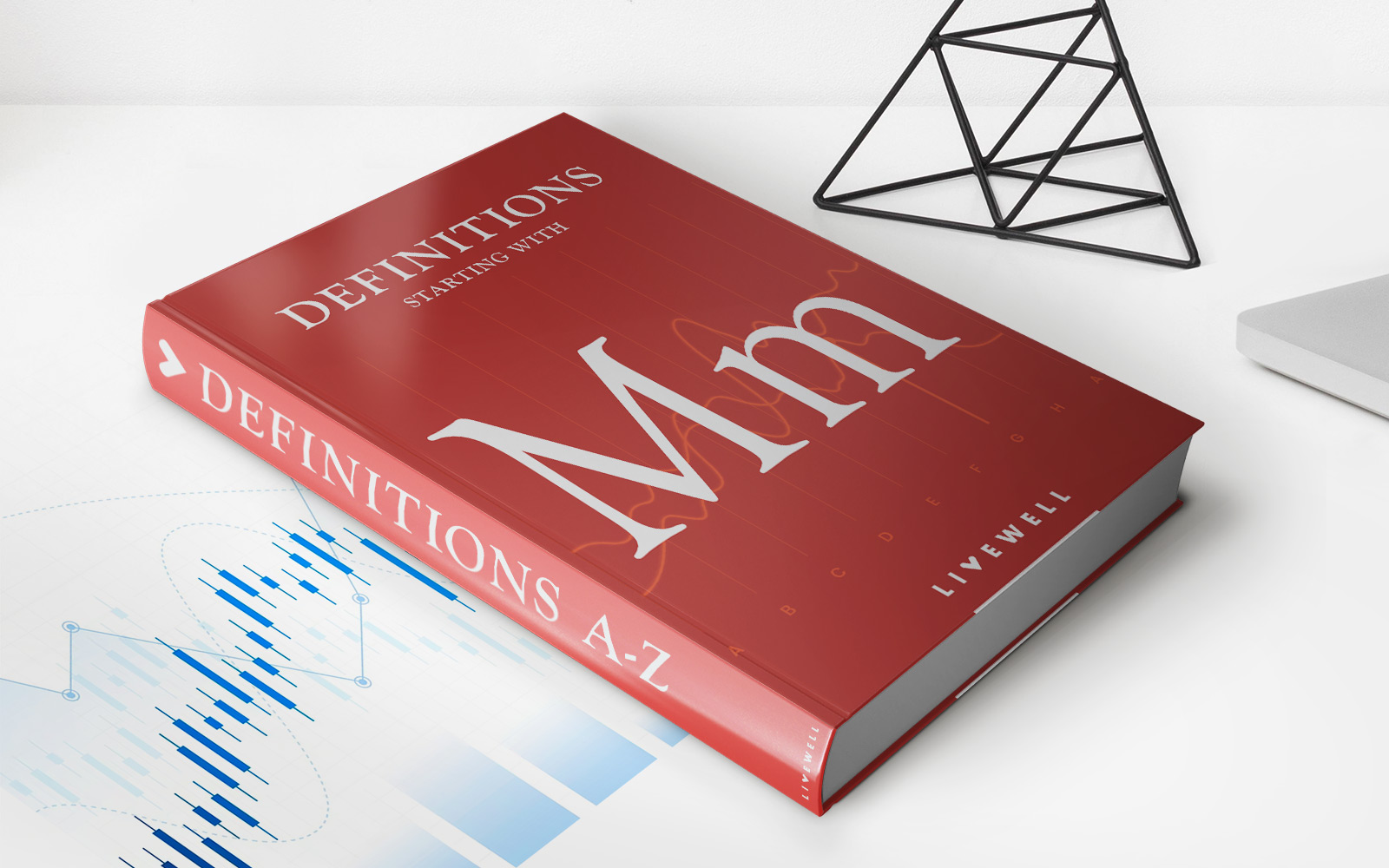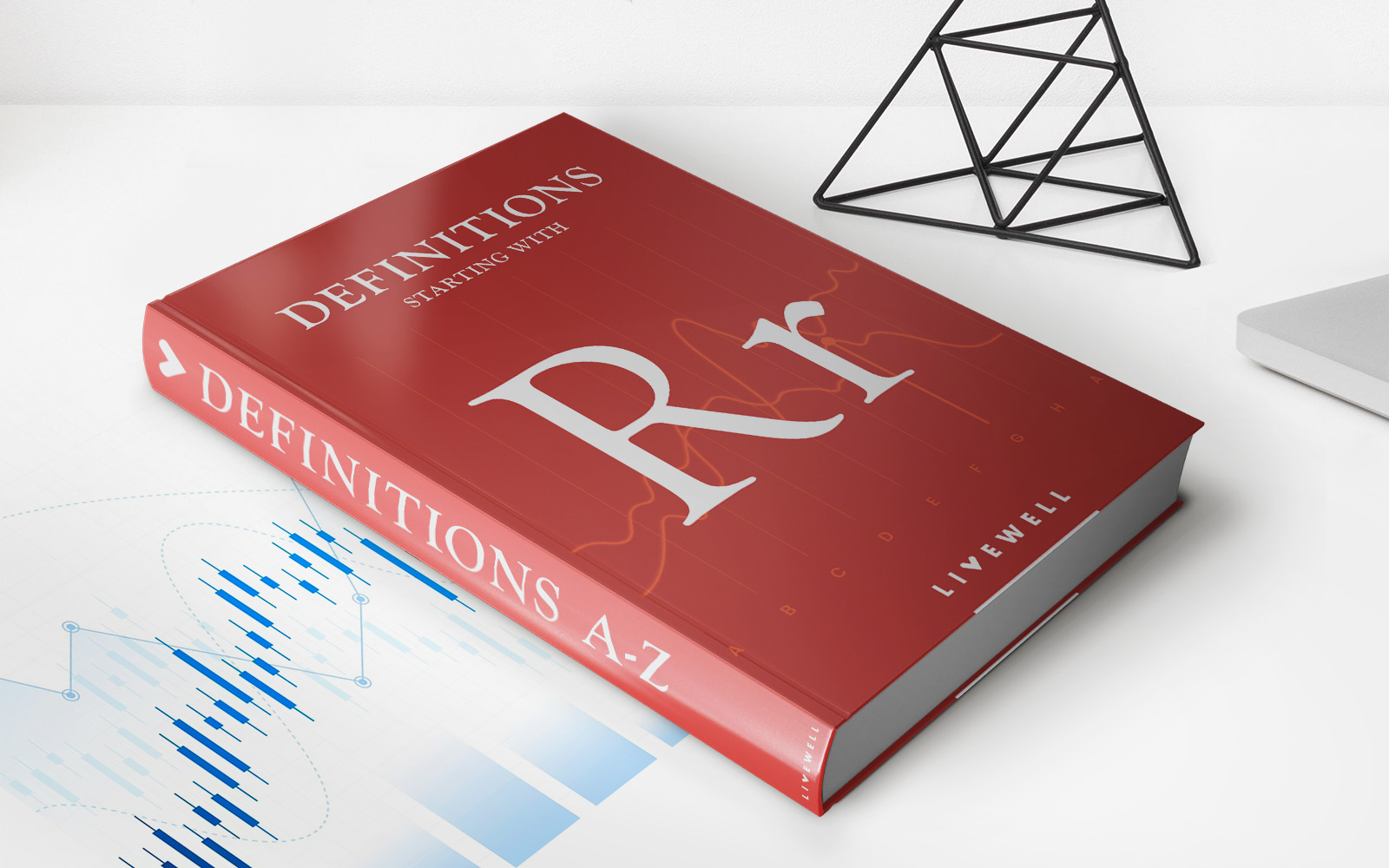

Finance
Why Do Economists Study The Money Supply?
Published: February 23, 2024
Discover why economists study the money supply and its impact on finance. Explore the role of money in economic analysis and policy-making. Unlock the secrets of finance with insights into the money supply.
(Many of the links in this article redirect to a specific reviewed product. Your purchase of these products through affiliate links helps to generate commission for LiveWell, at no extra cost. Learn more)
Table of Contents
**
Introduction
**
Understanding the intricacies of the money supply is a fundamental aspect of economics. It delves into the heart of monetary policy, inflation, interest rates, and economic growth. Economists study the money supply to gain insights into the dynamics of an economy and the factors that influence its stability and growth. This article aims to unravel the significance of the money supply and its profound impact on various facets of the economy.
The money supply refers to the total amount of money in circulation within a specific economy at a given time. It encompasses not only physical currency but also various forms of deposits, such as checking and savings accounts. Economists meticulously analyze the money supply to comprehend the dynamics of monetary policy and its implications for the broader economy. By delving into the intricacies of the money supply, economists can gain valuable insights into the mechanisms that drive economic activity and influence key indicators such as inflation, interest rates, and economic growth.
The study of the money supply is crucial for policymakers, financial institutions, businesses, and individuals alike. It serves as a vital barometer for understanding the health of an economy and plays a pivotal role in shaping financial and investment decisions. By shedding light on the complex interplay between money, policy, and economic performance, the study of the money supply offers a nuanced understanding of the factors that underpin the functioning of modern economies.
In the subsequent sections, we will delve deeper into the importance of the money supply, its role in shaping monetary policy, its impact on inflation and interest rates, and its relationship with economic growth. By exploring these facets, we can unravel the multifaceted significance of the money supply and its far-reaching implications for the broader economy.
**
The Importance of Money Supply
**
The money supply serves as a cornerstone of the economy, exerting a profound influence on various economic variables. Understanding its importance is crucial for comprehending the intricate dynamics of monetary policy, inflation, interest rates, and economic growth.
One of the key reasons why economists study the money supply is its role as a vital indicator of the overall health of an economy. By analyzing the money supply, economists can gauge the level of liquidity in the financial system and assess the potential for economic expansion or contraction. Moreover, changes in the money supply can signal shifts in consumer spending patterns and investment behavior, providing valuable insights into the trajectory of economic activity.
Furthermore, the money supply plays a pivotal role in shaping monetary policy. Central banks and monetary authorities closely monitor the money supply to formulate and implement effective monetary policies. By adjusting the money supply, central banks can influence interest rates, control inflation, and stabilize the economy during periods of volatility. As such, a thorough understanding of the money supply is essential for policymakers to make informed decisions that can impact the overall economic landscape.
Another crucial aspect of the money supply’s importance lies in its impact on inflation and deflation. Changes in the money supply can directly influence the purchasing power of currency, thereby affecting the general price levels of goods and services. By studying the money supply, economists can assess the potential for inflationary pressures or deflationary risks, enabling them to anticipate and mitigate adverse economic outcomes.
Moreover, the money supply has a direct bearing on interest rates, which are integral to the functioning of financial markets and the broader economy. Fluctuations in the money supply can influence the cost of borrowing and lending, thereby shaping investment decisions, consumer behavior, and overall economic growth. By examining the money supply, economists can gain valuable insights into the potential trajectory of interest rates and their implications for various economic agents.
In essence, the importance of the money supply cannot be overstated. It serves as a linchpin for understanding the broader economic landscape, shaping monetary policy, influencing inflation and interest rates, and providing critical insights into economic growth and stability.
**
Understanding Monetary Policy
**
Monetary policy, a crucial tool for economic management, is intricately linked to the study of the money supply. It encompasses the actions undertaken by a central bank to regulate the money supply and interest rates to achieve specific economic objectives. By delving into the complexities of monetary policy, economists can gain valuable insights into the mechanisms that drive economic activity and influence key economic indicators.
Central banks employ various monetary policy tools to achieve their objectives, with the manipulation of the money supply serving as a cornerstone of these efforts. By adjusting the money supply through open market operations, reserve requirements, and discount rates, central banks can influence the availability of credit and liquidity in the financial system. This, in turn, can impact borrowing costs, investment levels, and overall economic activity.
Moreover, the study of monetary policy offers a nuanced understanding of the intricate relationship between the money supply, interest rates, and inflation. Central banks often utilize changes in the money supply to manage inflationary pressures and maintain price stability. By tightening or loosening the money supply, central banks can influence interest rates, thereby affecting borrowing and spending behavior, which, in turn, can impact the overall price levels in the economy.
Furthermore, a comprehensive understanding of monetary policy is essential for businesses, investors, and policymakers to anticipate and respond to potential changes in the economic landscape. By closely monitoring central bank decisions and their implications for the money supply and interest rates, economic agents can make informed decisions regarding investment, expansion, and risk management.
In essence, the study of monetary policy provides a comprehensive understanding of the intricate mechanisms that underpin the functioning of modern economies. By delving into the interplay between the money supply, interest rates, and central bank actions, economists can unravel the complexities of monetary policy and its far-reaching implications for the broader economic landscape.
**
Impact on Inflation and Interest Rates
**
The study of the money supply is intrinsically linked to its impact on inflation and interest rates, two critical determinants of an economy’s health and stability. Changes in the money supply can exert profound effects on these key economic indicators, shaping the overall economic landscape and influencing the decisions of businesses, consumers, and policymakers.
One of the primary channels through which the money supply affects inflation is by influencing the purchasing power of currency. An increase in the money supply can lead to an excess of money in circulation, potentially driving up demand for goods and services. This surge in demand, if not matched by a corresponding increase in the supply of goods and services, can lead to upward pressure on prices, resulting in inflation. Conversely, a decrease in the money supply can dampen demand and mitigate inflationary pressures.
Moreover, changes in the money supply can directly impact interest rates, which play a pivotal role in shaping borrowing and investment decisions. By adjusting the money supply, central banks can influence the level of liquidity in the financial system, thereby affecting the cost of borrowing and lending. An expansion of the money supply can lead to lower interest rates, stimulating borrowing and investment, while a contraction can result in higher interest rates, potentially dampening economic activity.
Furthermore, the interplay between the money supply, inflation, and interest rates underscores the intricate dynamics of monetary policy. Central banks often utilize changes in the money supply as a tool to manage inflation and influence interest rates. By adjusting the money supply, central banks can steer the economy towards their inflation targets and maintain price stability, all while influencing borrowing costs and investment levels.
Overall, the impact of the money supply on inflation and interest rates is profound and far-reaching. By studying the intricate relationship between the money supply, inflation, and interest rates, economists can gain valuable insights into the mechanisms that underpin the functioning of modern economies and the tools that policymakers employ to manage economic stability and growth.
**
Relationship with Economic Growth
**
The relationship between the money supply and economic growth is a crucial aspect of economic analysis, offering valuable insights into the dynamics of expansion, investment, and overall prosperity. The money supply exerts a significant influence on economic growth, playing a pivotal role in shaping the trajectory of an economy and influencing the decisions of businesses, consumers, and policymakers.
An expansion of the money supply can stimulate economic growth by increasing the availability of credit and liquidity in the financial system. This influx of funds can facilitate increased investment, consumer spending, and business expansion, thereby fueling economic activity and contributing to overall growth. Conversely, a contraction of the money supply can dampen economic growth by restricting access to credit and liquidity, potentially leading to reduced investment and consumption.
Moreover, the relationship between the money supply and economic growth is closely intertwined with the impact on interest rates. Changes in the money supply can influence interest rates, which, in turn, can shape borrowing and investment decisions. Lower interest rates resulting from an expansion of the money supply can stimulate borrowing and investment, fostering economic expansion. Conversely, higher interest rates stemming from a contraction of the money supply can curb borrowing and investment, potentially dampening economic growth.
Furthermore, a thorough understanding of the relationship between the money supply and economic growth is essential for policymakers and businesses to anticipate and respond to potential changes in the economic landscape. By closely monitoring the dynamics of the money supply and its implications for economic growth, stakeholders can make informed decisions regarding investment, expansion, and risk management.
In essence, the relationship between the money supply and economic growth is multifaceted and critical for comprehending the broader economic landscape. By delving into the interplay between the money supply, credit availability, and interest rates, economists can unravel the complexities of economic growth and its far-reaching implications for the prosperity and stability of an economy.
**
Conclusion
**
The study of the money supply is integral to understanding the intricate dynamics of modern economies, encompassing its profound impact on monetary policy, inflation, interest rates, and economic growth. Economists delve into the complexities of the money supply to gain valuable insights into the mechanisms that drive economic activity and influence key economic indicators, thereby shaping the broader economic landscape.
By comprehensively analyzing the money supply, economists can gauge the level of liquidity in the financial system, anticipate potential shifts in economic activity, and assess the trajectory of inflation and interest rates. This, in turn, enables policymakers, businesses, and individuals to make informed decisions regarding investment, expansion, and risk management, thereby contributing to the overall stability and prosperity of the economy.
Moreover, the relationship between the money supply and economic growth underscores the pivotal role of the money supply in shaping the trajectory of an economy. Its influence on credit availability, interest rates, and overall economic activity highlights its significance in fostering or dampening economic expansion, thereby influencing the decisions of businesses, consumers, and policymakers.
In essence, the study of the money supply offers a nuanced understanding of the intricate mechanisms that underpin the functioning of modern economies. By delving into the interplay between the money supply, monetary policy, inflation, interest rates, and economic growth, economists can unravel the complexities of the broader economic landscape and contribute to informed decision-making that fosters prosperity and stability.
As we continue to navigate the intricacies of economic analysis and policymaking, the study of the money supply remains a cornerstone of economic research, offering valuable insights that shape the trajectory of economies and contribute to informed decision-making in an ever-evolving global landscape.














